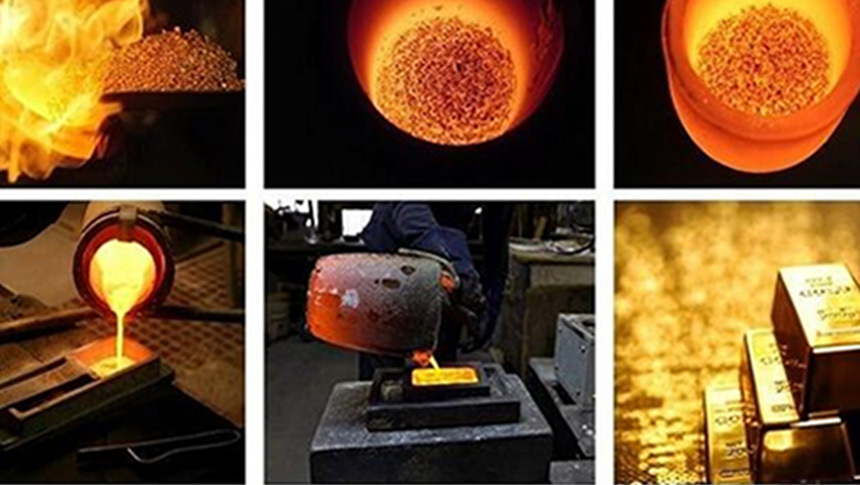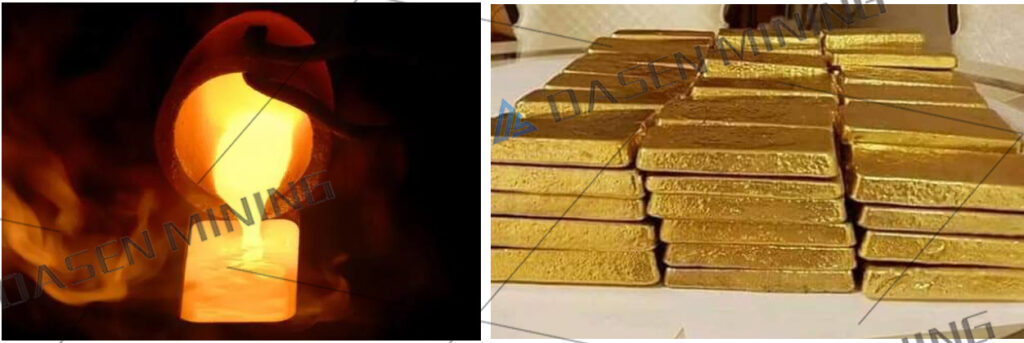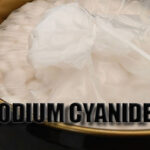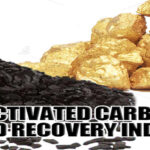
Gold fire smelting, also known as cupellation, is a widely used process in the metallurgical industry to extract gold from ores. This article breaks down the key components of the process, including the reagents used, pre-treatment of gold slurry, and recent technological advancements that are improving efficiency and sustainability.

Reagents and Their Functions
Several reagents play essential roles in the cupellation process by facilitating chemical reactions and improving the efficiency of gold recovery:
Borax (Sodium Borate)
Acts as an acidic flux. It lowers the melting point of slag and helps dissolve metal oxides.
Soda Ash (Sodium Carbonate)
An alkaline flux that enhances slag fluidity. It reacts with acids like silica to form sodium silicate and with sulfides to form sodium sulfide or sulfate, aiding in desulfurization.
Glass Chips
A strong acidic flux that reacts with metal oxides to form silicates. These silicates are key to slag formation. However, excessive use can increase slag viscosity and cause gold loss.
Saltpeter (Potassium Nitrate)
A powerful oxidizing agent used to decompose and oxidize various impurities during smelting.
Sodium Chloride (Table Salt)
Used as a cover agent. It prevents air exposure, protects the crucible, and helps prevent fine gold particles from sticking to surfaces and getting lost.
Pre-Treatment of Gold Slurry
Before smelting, gold slurry must be treated to remove impurities:
Basic Acid Treatment
The slurry is placed in a container (like an enamel basin) and gently boiled with a 15% dilute sulfuric acid solution for 1 hour. After cooling, it is filtered to remove impurities.
If Copper and Zinc Are Present
Add ammonium nitrate to the sulfuric acid solution and heat to 90°C–95°C. Use a solid-liquid ratio of 1:6 and boil for 1–2 hours. This creates copper-ammonium complexes that dissolve into the solution. Filter and dry the remaining solid for smelting.
If Lead Is Present
Boil the slurry with a 15% sodium hydroxide (NaOH) solution for 30 minutes. This helps remove lead. The residue is then filtered, dried, and mixed with other materials for smelting.
Advancements in Gold Fire Smelting
Modern innovations have significantly improved the cupellation process:
Equipment Enhancements
New induction furnaces and automated control systems provide better temperature regulation, improved safety, and reduced energy consumption.
Eco-Friendly Fluxes
Researchers are developing sustainable and less toxic flux formulations to reduce the environmental impact of gold smelting, without compromising performance.
Gold fire smelting, or cupellation, remains a cornerstone in the extraction of precious metals. Understanding the role of each reagent and following proper pre-treatment steps ensures maximum gold recovery. Thanks to advancements in technology and eco-friendly practices, the process is becoming more efficient, sustainable, and effective in today’s mining industry.
Gold Fire Smelting: Enhancing Efficiency, Sustainability, and Gold Recovery!




